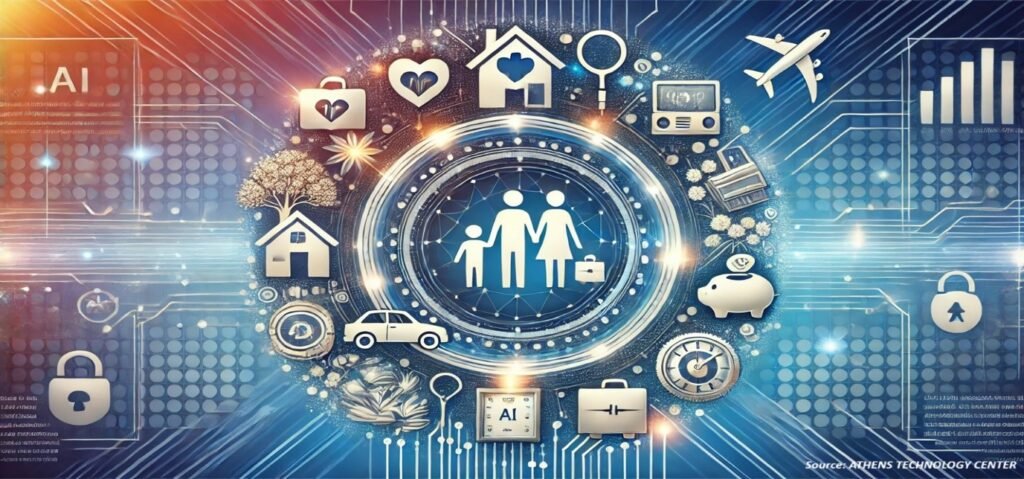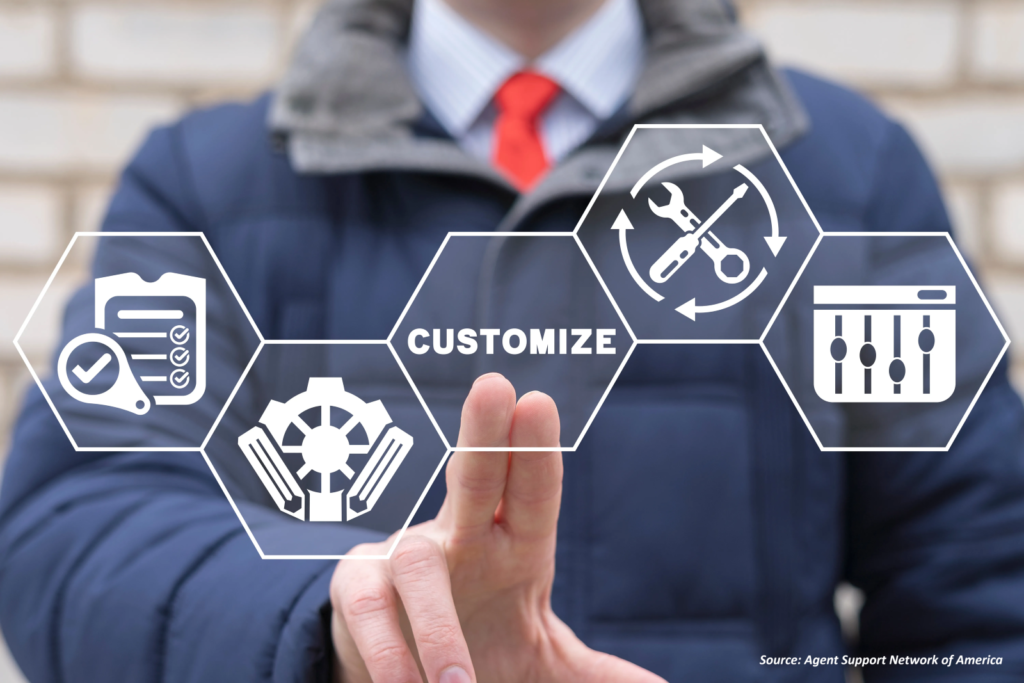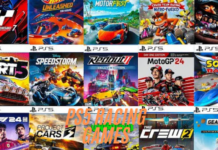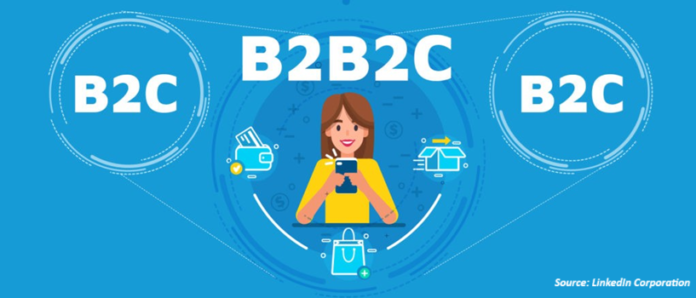The insurance industry is transformed by enormous changes fueled by changing consumer demands and new business models. Among the most significant developments is the rise of the Business to Business to Consumer model that is revolutionizing the way insurance services and products are provided. In contrast to the classic Business to Business or Business to Consumer approach, the B2B2C model allows companies to indirectly reach consumers by means of partnerships, platforms and technological integration. The model is opening new channels for growth improving customer experience and increasing accessibility for insurance in the sector.
As the insurers integrate technology, collaboration and big data analytics into their business processes, the B2B2C model promises to transform insurance distribution particularly in niche marketplaces. While from technology companies’ partnerships to launching insurtech firms, the B2B2C model is transforming the value chain in insurance to drive personalization of insurance products, accessible and affordable to the digital buyer. This article discusses the trends, innovations and opportunities fueling the expansion of the B2B2C insurance market and how it is shaping the insurance industry of the future.
Table of Contents
The Power of Partnership: How B2B2C is Filling the Gaps between Consumers and Business

One of the greatest strengths of the B2B2C model is that it possess the ability to bring collaborations between various stakeholders. Insurance firms, technology platforms, e-commerce companies and other third party service providers are partnering to provide a seamless and convenient experience to the end customer. This collaboration enables companies to capitalize on their existing customer base and digital channels allowing insurers to reach more people than ever before.
For instance, the creation of embedded insurance is a classic example of what happens in the B2B2C model. Embedded insurance is when insurance products are embedded or incorporated directly into non insurance platforms such as e-commerce websites or financial services apps. For example, in 2024, Lemonade collaborated with Apple to provide insurance products across the Apple ecosystem. This collaboration allows customers to buy home, pet or renters insurance easily from their Apple accounts without undergoing conventional insurance purchasing processes. By integrating insurance solutions into the fabric of daily digital experiences, companies generate more value for the customer while spreading insurance products over a wider geographic location.
Digital Transformation: Technology-Driven Solutions Enriching the B2B2C Insurance Model

The migration of the insurance sector into the digital space is driving the adoption of the B2B2C model. Artificial Intelligence (AI), machine learning, and big data are being integrated into B2B2C strategies, creating operational efficiency, customer service excellence, and hyper-personalized products.
AI-powered solutions are revolutionizing the B2B2C insurance model through enhanced customer experience and operational efficiency. Fedo AI’s partnership with Canara HSBC Life Insurance is a strong instance of such innovation, with the use of non-intrusive AI-powered health checks simplifying policy issue and improving risk assessment. Virtual assistants and chatbots powered by AI also set up claims, auto-settlements and provide instantaneous policy quotes, ensuring more user-friendly experiences. While insurers deepen product digitalization, AI is continuing to spur innovation, reshaping the insurance industry and giving frictionless experiences to customers.
Personalization and Customer-Centric Solutions: The Future of the Insurance Market

One of the prime drivers of B2B2C insurance business growth is the trend towards personalization. Contemporary consumers demand insurance solutions that are personalized, significant, and adaptable to cater to their unique needs. The B2B2C model enables insurers to utilize the data gathered through various channels such as online purchase transactions, social media behaviour, and mobile applications to generate highly personalized solutions addressing unique demands.
Usage-based insurance (UBI) is a classic instance of personalization materializing with the B2B2C model. Indeez, along with Allianz Partners, and Uber introduced a Vehicle Interruption Cover for its drivers in the UK in December 2024. The cover ensures that those driving vehicles taken out of use due to breakdown, accident, or theft earn while not active. This action adds more financial security to gig workers by reflecting a growing trend in customized insurance solutions for the gig economy. As more businesses adopt data-driven approaches, the B2B2C model will continue to address the growing demand for on-demand, customized insurance solutions.
The Role of Embedded Finance and Fintech Partnerships in B2B2C Insurance Growth

The growth of embedded finance and fintech partnerships is also helping to drive the growth of the B2B2C insurance market in a significant way. Insurers are also partnering with financial technology companies to create frictionless financial ecosystems that integrate insurance products with other services such as payments, lending and wealth management.
For instance, in November 2024 Crum & Forster launched FInTECH ONE, an all-in-one insurance solution for FinTech businesses, combining Financial Services Errors and Omissions (E&O), Technology E&O, Cyber Liability and Media Liability under a single policy. The product simplifies coverage by bundling multiple policies into one agreement while offering cyber risk management tools and professional claims support. As embedded finance gains momentum, insurers will still be engaging very closely with fintech platforms in bringing insurance to the larger context of consumers’ financial lives.
Opportunities in Emerging Markets: How B2B2C Insurance is Gaining Global Scale

While the B2B2C insurance model is flying in mature economies such as the U.S. and Europe as it possesses strong growth prospects in emerging markets. Latin American nations, the Asia-Pacific region and Africa are witnessing a surge in partnerships among local firms and foreign insurers. The partnerships are helping insurers gain access to formerly untapped population segments and place insurance products in the limelight of middle class countries with improving internet penetration.
In Asia-Pacific, for example, Accenture collaborated with Ping An Life Insurance to bring together multiple digital platforms to maximize operational effectiveness and customer experience. This integration of business processes streamlined processes, streamlined data management, and enabled Ping An’s digital transformation journey to enable easy service delivery and enhanced decision making. With more emerging market companies adopting B2B2C models, insurance will be more accessible and affordable, fueling market growth.
Conclusion: The Integrated Future of the B2B2C Insurance Market
The B2B2C insurance market is turning into a dynamic and fiercely competitive market, driven by innovation, collaboration and digitalization. With technological integration, personalized solutions and in-built finance, the B2B2C model is making insurance accessible to more and more consumers across the globe. As insurers, businesses and technology companies increasingly collaborate, the future of the insurance industry seems more networked, customer-centric and technology driven than ever. Along the way, the B2B2C model will probably be the foundation of a new era in insurance, enabling businesses to offer more comprehensive, effective and tailored solutions that drive sustainable market growth.
Apart from that, if you are interested to know about “Understanding Life Insurance for Company Directors” then visit our “Daily Bites” category.
ABOUT THE AUTHOR:

Arunav Dutta is a dedicated and enthusiastic researcher with two years of experience. He has closely monitored several industries, such as Tech, ICT & Media, Robotics, and Electric Vehicles. He offers valuable perspectives and analysis and enjoys sharing his insights through article writing and blogging. Outside of his professional pursuits, he enjoys reading and staying informed about industry developments. The author can be reached at info@nextmsc.com



























